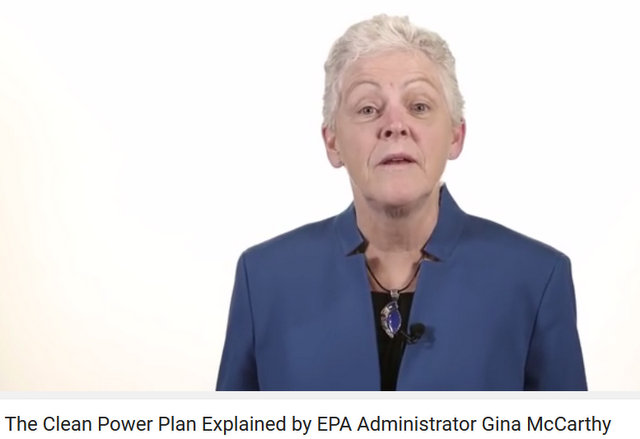Washington, DC…President Obama announced the U.S. Environmental Protection Agency’s final Clean Power Plan yesterday, which will cut U.S. carbon pollution from the power sector by 870 million tons, or 32 percent below 2005 levels, in 2030. Power plants are the largest drivers of climate change in the United States, accounting for roughly one-third of all carbon pollution emissions, but there were no national limits on carbon pollution until today.
The Clean Power Plan accelerates the transition to a clean energy future, which is happening even faster than expected—which means carbon and air pollution are already decreasing, improving public health year by year. By 2030, the plan will cut carbon pollution from the power sector by nearly a third and additional reductions will come from pollutants that can create dangerous soot and smog, translating to significant health benefits for the American people. By 2030, emissions of sulfur dioxide from power plants will be 90 percent lower and emissions of nitrogen oxides will be 72 percent lower, compared to 2005 levels. Americans will avoid up to 90,000 asthma attacks and spend up to 300,000 more days in the office or the classroom, instead of sick at home. And up to 3,600 families will be spared the grief of losing a loved one too soon.
“We’re proud to finalize our historic Clean Power Plan. It will give our kids and grandkids the cleaner, safer future they deserve. The United States is leading by example today, showing the world that climate action is an incredible economic opportunity to build a stronger foundation for growth,” said EPA Administrator Gina McCarthy. “The valuable feedback we received means the final Clean Power Plan is more ambitious yet more achievable, so states can customize plans to achieve their goals in ways that make sense for their communities, businesses and utilities.”
EPA’s plan reflects unprecedented public input, including more than 4.3 million public comments on the proposal, and hundreds of meetings with stakeholders. It works by building on strategies states and businesses are already using. Today, the United States uses three times more wind and 20 times more solar energy than it did in 2009, and the solar industry added jobs 10 times faster than the rest of the economy. It safeguards energy reliability by setting common-sense, achievable state-by-state goals that build on a rapidly growing clean energy economy and gives states and utilities the time and flexibility they need to meet their goals.
The final rule establishes guidelines for states to follow in developing and implementing their plans, including requirements that vulnerable communities have a seat at the table with other stakeholders. EPA is proposing a model rule states can adopt, as well as a federal plan that the EPA will put in place if a state fails to submit an adequate plan. Both the proposed model rule and federal plan focus on emissions trading mechanisms to make sure utilities have broad flexibility to reach their carbon pollution reduction goals. EPA also finalized standards to limit carbon pollution from new, modified and reconstructed power plants.
Final rule, fact sheets and details about the Clean Power Plan, the final standards for new, modified and reconstructed sources and the proposed federal plan are available at:
http://www2.epa.gov/cleanpowerplan



